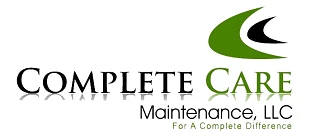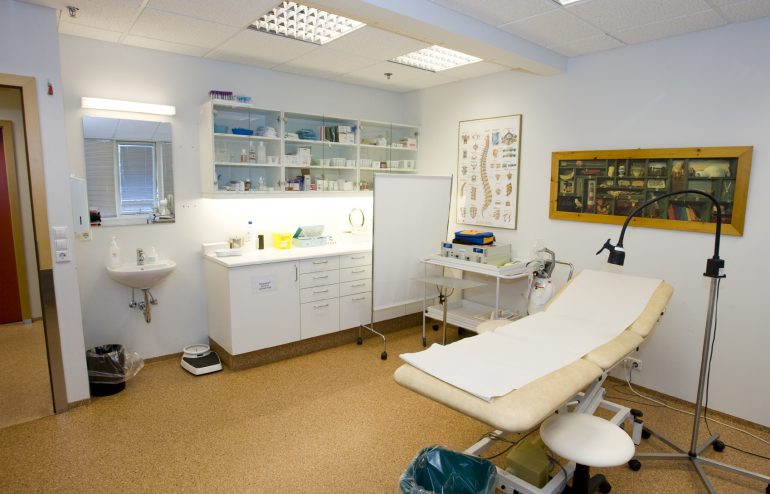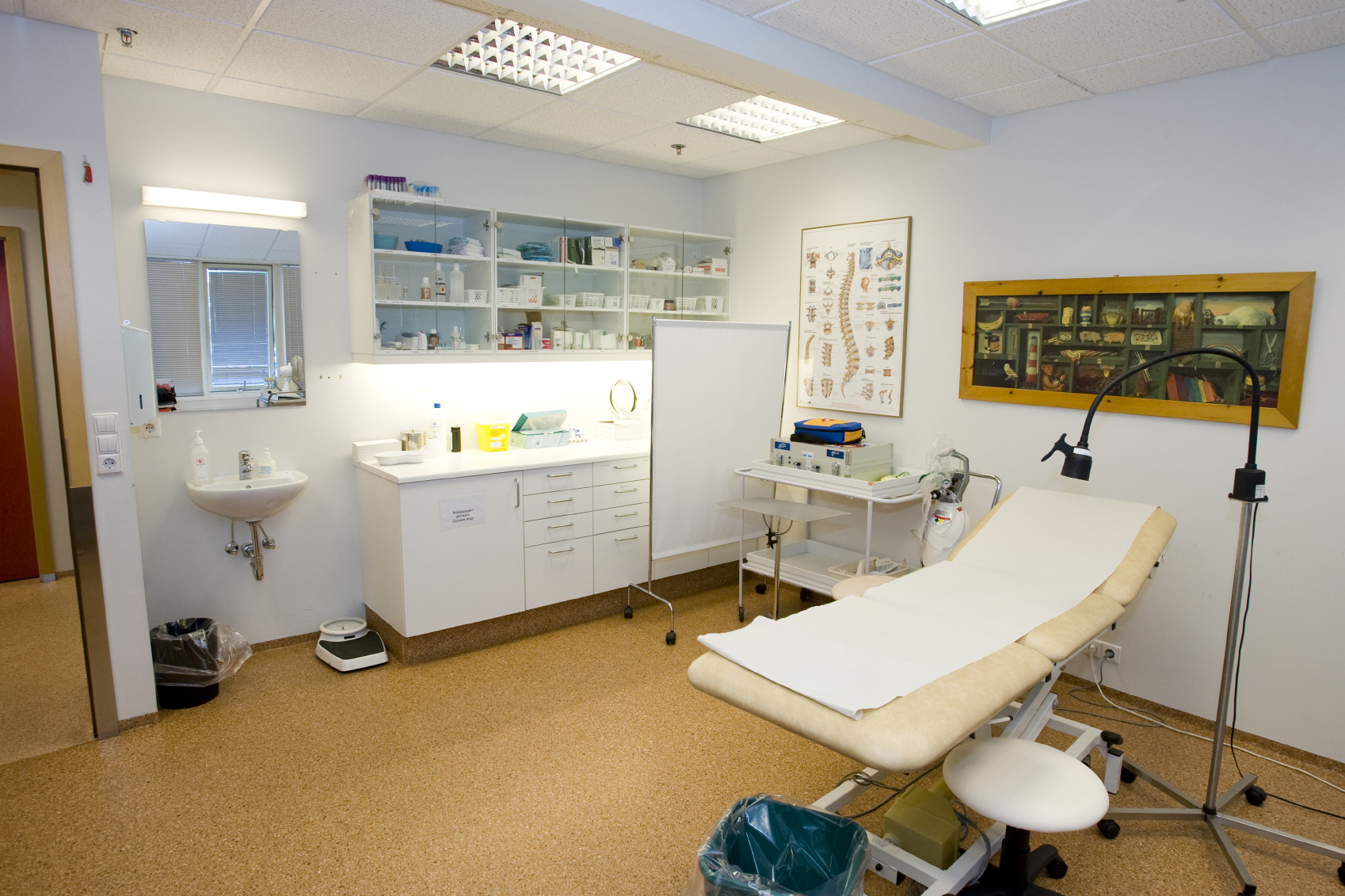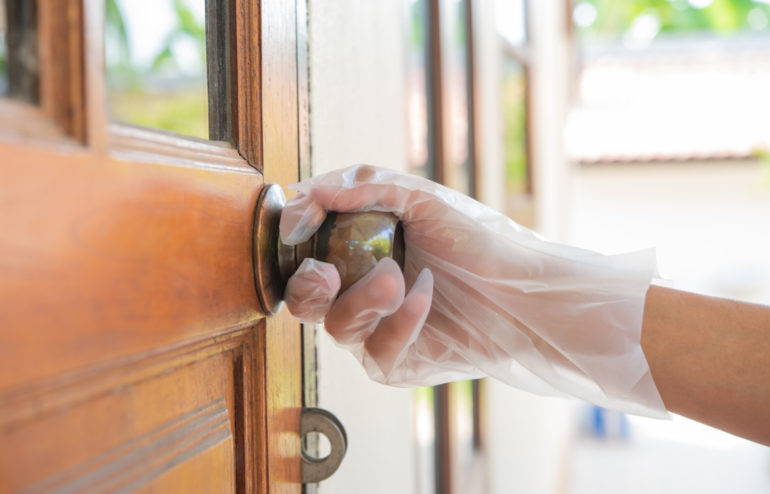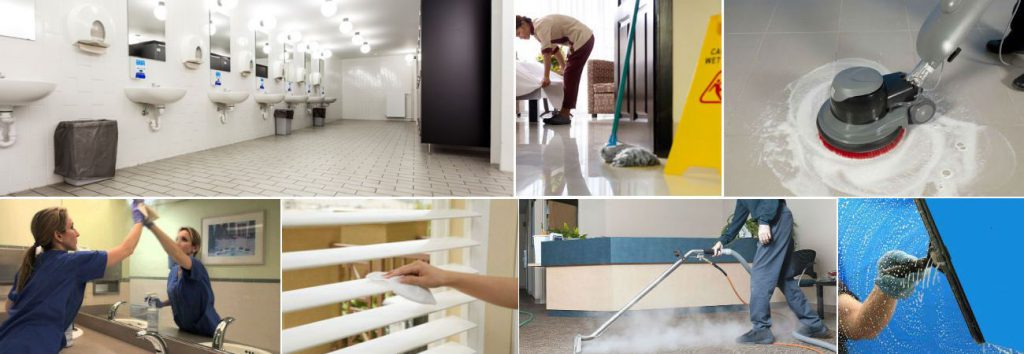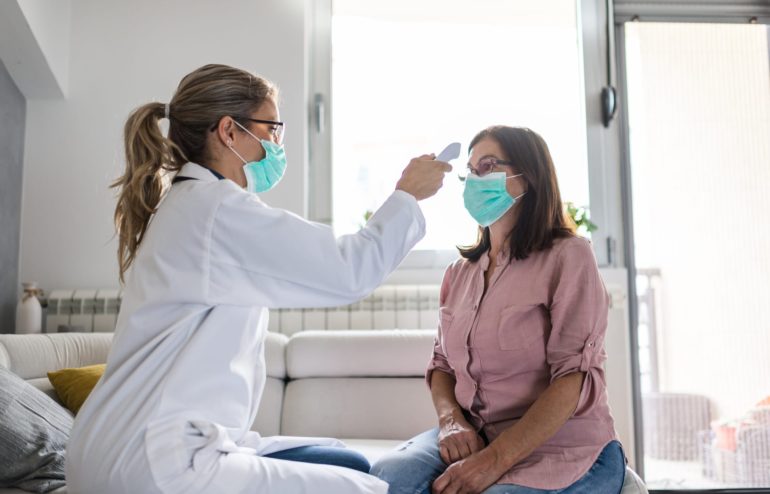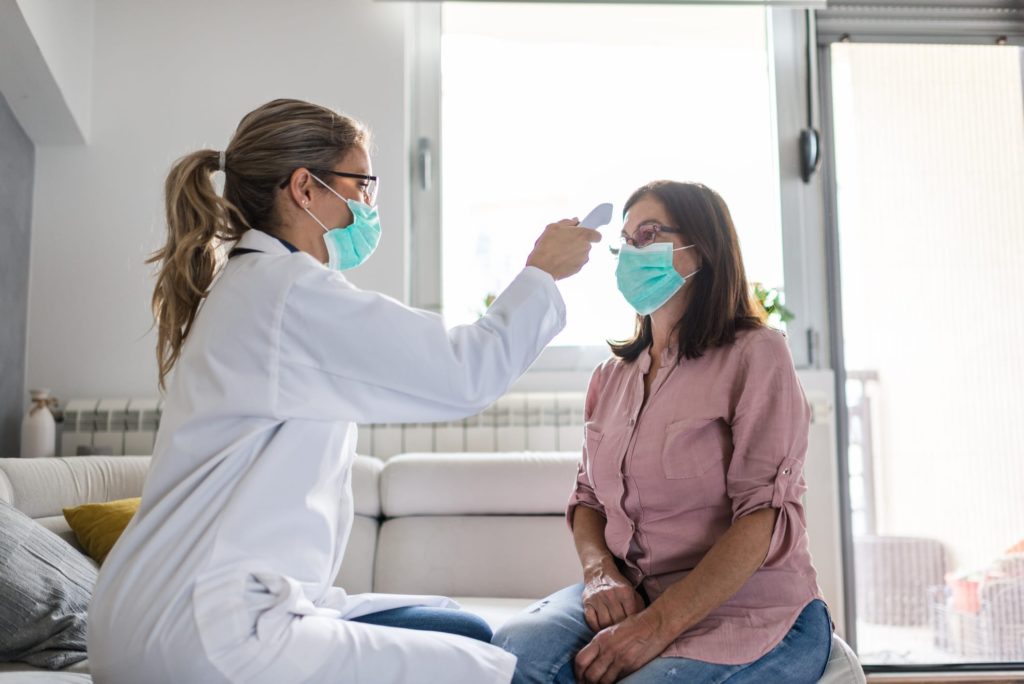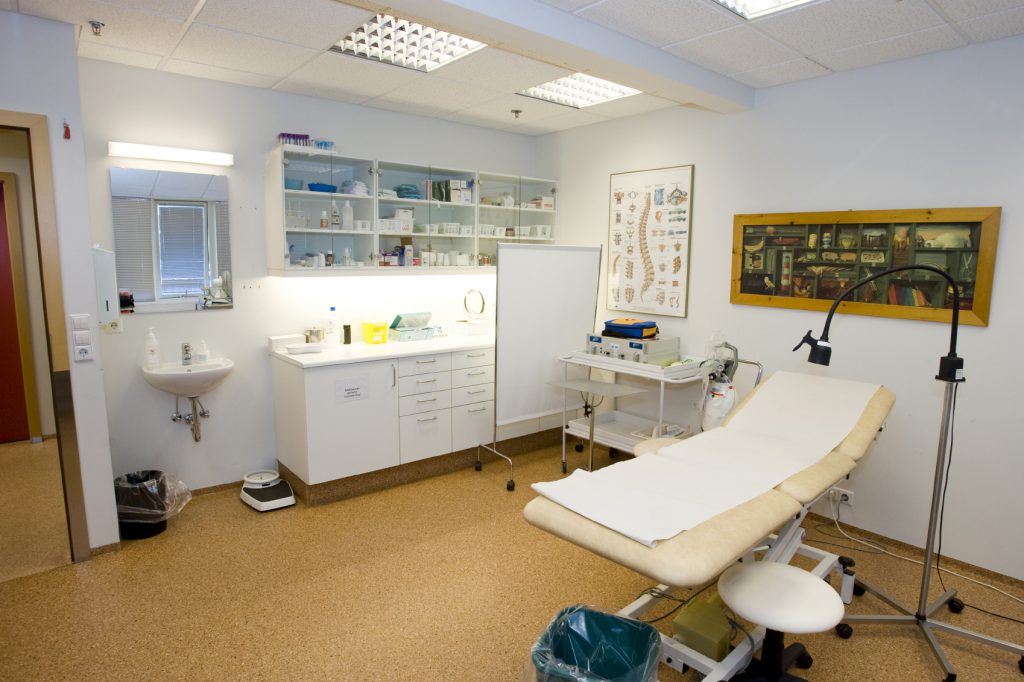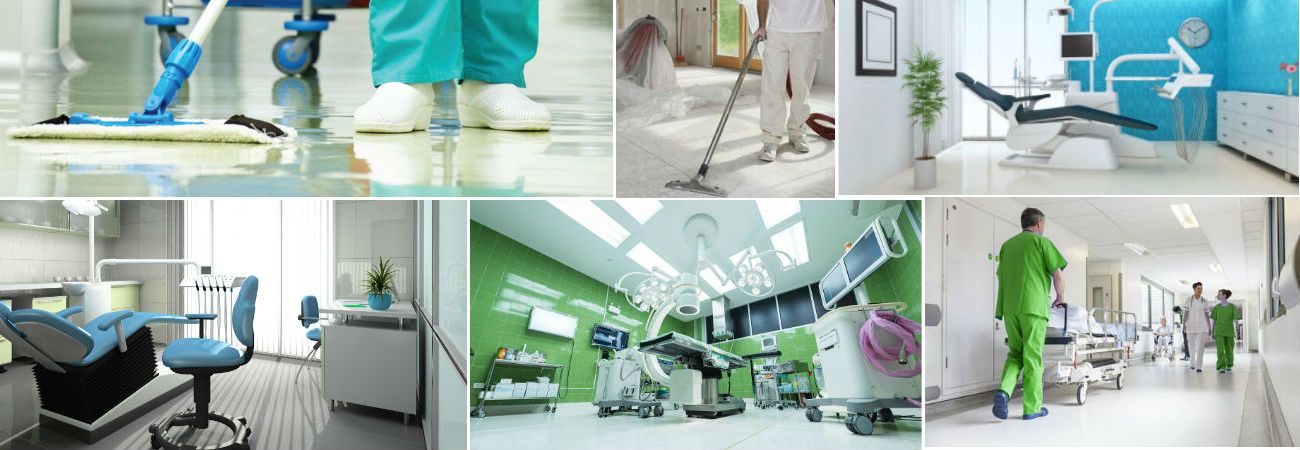Medical facility cleaning is not something that can be delegated to an office cleaning staff. Medical facility environments require a much more focused and procedural approach to cleaning and disinfecting. Commercial cleaning companies that offer medical facility cleaning services are held to much higher standards than your typical commercial cleaning company and they should have definitive policies and procedures in place to ensure that the needs of the facility are met.
When hiring a medical facility cleaning contractor it is important to ensure that they have experience with medical environments, that they understand the unique requirements of these environments, and that they have the staff, equipment, and expertise to meet the unique needs of the facility.
Here are five key areas to consider when developing a medical facility cleaning program:
1) Organization and Administration
A qualified medical facility cleaning contractor should be able to provide you with an organizational chart that clearly defines the chain of command with regard to your cleaning staff. This should include a primary and secondary contact person, clearly defined onsite supervisors, and job descriptions for all staff involved in the cleaning of the facility.
In addition, a communications policy should be clearly defined which outlines contact persons, preferred methods of communication, emergency communications protocols, and frequency of meetings such as facility walkthroughs, feedback meetings, and service reviews.
2) Staffing and Training
The size of your facility, the amount of traffic it receives, and its unique cleaning requirements are all important factors in determining the appropriate number of staff. Your provider should be able to review the unique requirements of your facility and ensure that staffing levels are adequate.
Even more important than staffing levels is the training that the staff receives. A qualified medical facility cleaning contractor should have mandatory, ongoing training programs in place for all cleaning staff. Training for medical facility cleaning staff should be based on national or facility level cleaning guidelines and should include:
- Training in infection control and cross-contamination mitigation
- Understanding of CDC and CMS recommendations
- Procedures for the management of biological, chemical, and radioactive waste
- Proper handling, use, and storage of chemicals
- Equipment operation and maintenance
- OSHA training
- HIPPA regulations
- Orientation to the facility layout and key areas of concern
- Policy and procedure reviews
3) Equipment and Supplies
One of the advantages of hiring a medical facility cleaning contractor is that they will typically provide all necessary cleaning equipment and supplies. Whether these items are stored at your facility or brought to and from the facility by the service provider should be stipulated in the cleaning contract.
Regardless, it is important that your cleaning services provider have all the necessary tools, equipment, and supplies required to effectively clean and maintain your facility.
4) Policies and Procedures
Medical facilities typically have cleaning and disinfecting policies in place. These should be discussed with your cleaning services provider to ensure that those policies are followed. In addition, policies regarding facility-specific safety protocols, security, and patient interactions should be communicated to the cleaning contractor. These policies can then be communicated to the cleaning staff through their regularly scheduled training program.
In addition to facility-level policies and procedures, it is important for medical facility staff to understand the policies and procedures of the cleaning contractor. Your provider should be able to provide written policies and procedures that their cleaning staff is required to adhere to.
5) Monitoring and Feedback
Monitoring of cleaning staff should be performed both by the cleaning contractor and the facility level staff to ensure that policies and procedures are being followed and that the terms of the contract are being met.
All facility staff should be encouraged to provide feedback with regard to the effectiveness of the cleaning contractor and their staff. A formal process should be in place that allows staff to easily communicate feedback whether positive or negative.
In addition, there should be regularly scheduled meetings between facility management and the cleaning contractor’s supervisory team to review feedback and act upon it.
